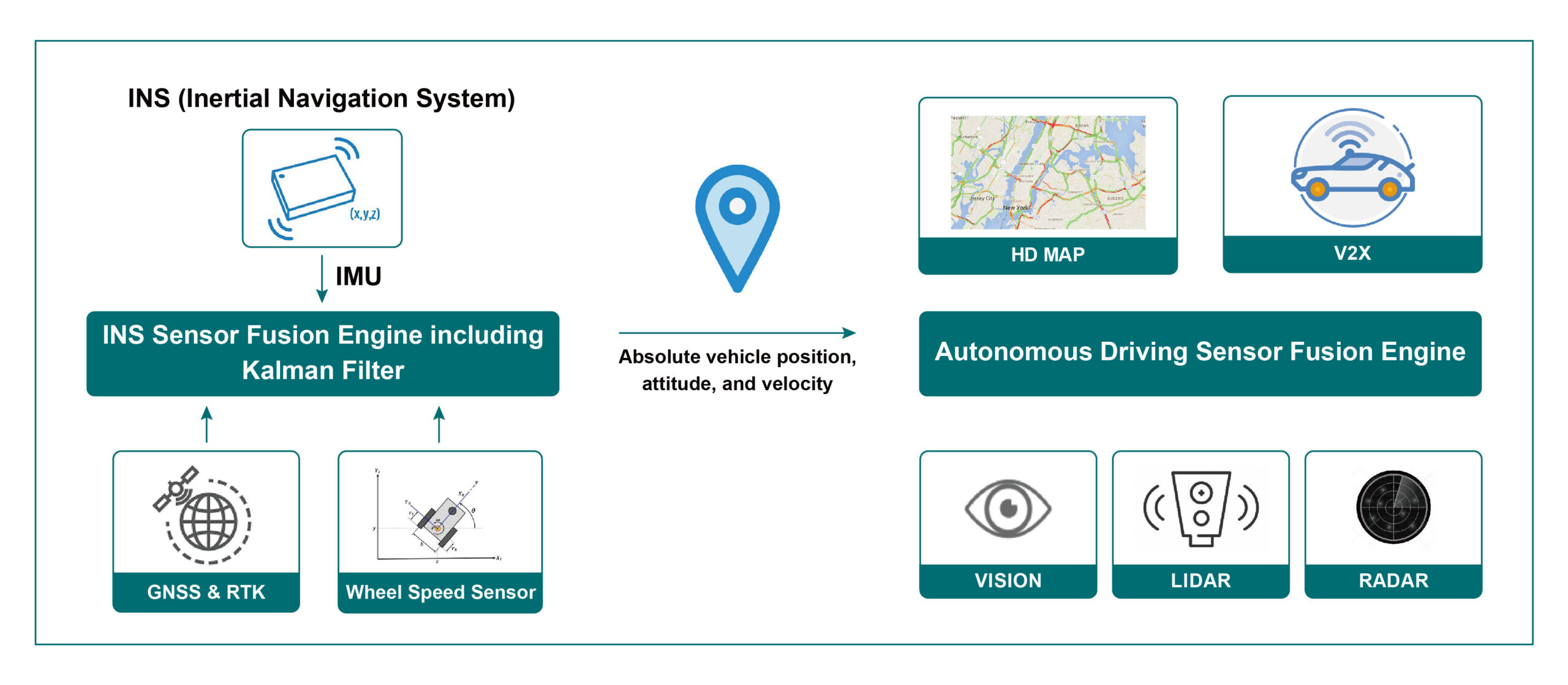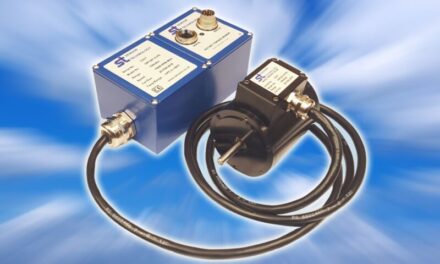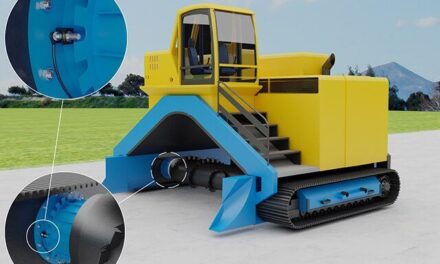It’s all about Inertial Navigation System technologies…
Precise lane level positioning is a critical enabler for increasing autonomy in vehicles of all types – from personal cars to trucks to robo-taxis to agricultural machines and heavy construction equipment. Agricultural equipment needs to know where exactly it is on a field for planting and harvesting, especially if it is operating on a side of a hill or curved rows. Cranes, excavation and other equipment need to accurately know where they are operating on a construction site.
For cars and trucks, this capability helps autonomous vehicles to safely switch lanes, make turns and take corners in a secure manner depending on where they are in the lane.
More importantly, when combined with other perception sensors, precise positioning helps autonomous vehicles anticipate the next maneuver and increase the safety.
Precise positioning in autonomous vehicles also can improve the performance (safety, reliability etc.) of many ADAS functions such as lane centering, lane change assistance, and lane departure warning.
Of course, other transportation functions such ride sharing, autonomous parking and ride hailing applications will also benefit from the improved positioning. For example – consider robot vehicles that, after being summoned from your smart phone, drive up to your location and then take you wherever you want to go. And then, after the ride is completed, the vehicle makes its way back to its home base.
How do autonomous vehicles accurately know where they are?
One of the most critical questions required for the success and safe operation of self-driving vehicles is: where am I? Modern autonomous vehicles can use what is known as Inertial Navigation System (INS) guidance and navigation technology to enable them to locate where they are.
An INS system is typically composed of a Global Navigation Satellite System (GNSS) receiver and an Inertial Measurement Unit (IMU) as well as very advanced algorithms that combine the data from these sources to calculate an accurate location.
INS uses standard GNSS positioning techniques to generate location accuracies of a few meters. For autonomous driving applications that require lane level accuracy, additional carrier-based positioning techniques, such as Real Time Kinematic (RTK), is required to provide centimeter level accuracy.
For instance, when the vehicle is approaching a fork on the highway, the lane would usually become wider. Having cm level accuracy can aid the autonomous vehicles to mitigate the sharp steering motion and make it safer and smoother for the vehicle to exit the highway.
All about the Inertial Measurement Unit = The IMU
Unlike perception sensors like LiDar, radar, cameras, etc., IMU sensors measure the forces of gravity, angles of movement and acceleration, and are not impacted by outside environmental conditions like heavy rain, dust, mud, dirt or darkness.
An IMU sensor is often composed of two sets of sensors – three gyroscopes and three accelerometers. The gyroscope measures angular rate of three orthogonal axes. Integrating the angular rate along the three axes over time will generate roll, pitch, and yaw, which is the attitude of an object. Similarly, the accelerometer measures linear acceleration in three orthogonal axes. Integrating acceleration over time will provide velocity and integrating velocity over time will yield distance travelled. An IMU with gyroscopic and accelerometer sensors can provide measurement over 6 degrees of freedom (6-DOF) (shown as below).
In ACEINNA’s inertial products, such as the RTK330LA, duplicate IMUs of each type (3 accelerometers and 3 gyroscopes) are used to construct a triple-redundant sensor architecture. ACEINNA’s proprietary fusion algorithm processes the data from the various sensors to ensure that the system only generates valid IMU measurements. Any defective sensor output or errant dataset will be ignored or de-rated in importance. Not only does this architecture ensure the reliability of the system, it also simultaneously improves overallperformance and accuracy.
Article from ACEINNA
Author: James Fennelly, ACEINNA Inc., Product Manager – Inertial Measurement Systems
This article originally appeared in the September issue of Design Solutions magazine



